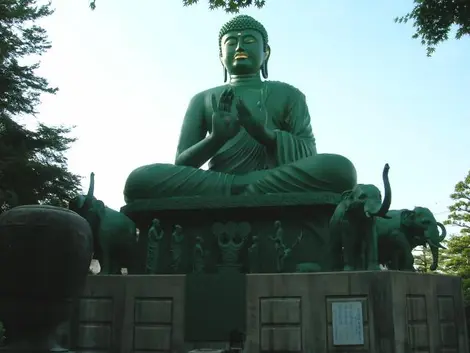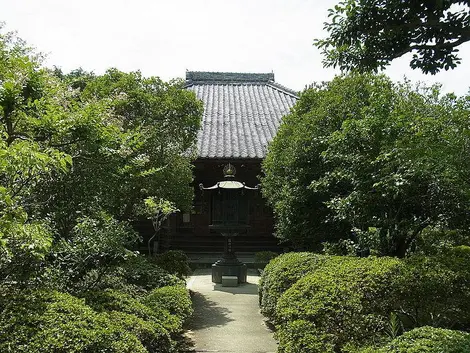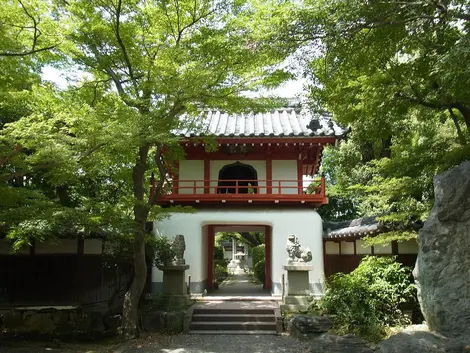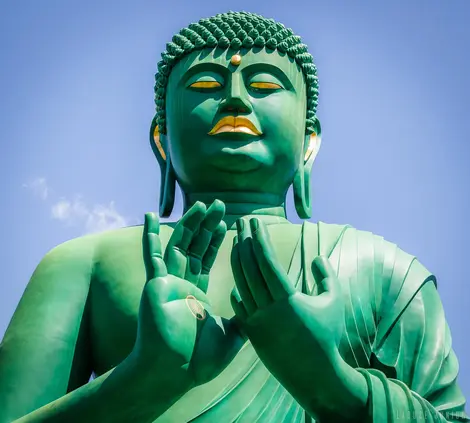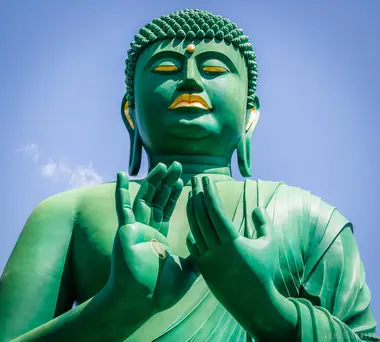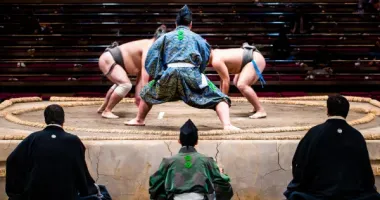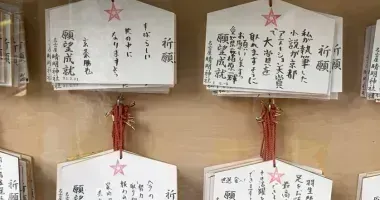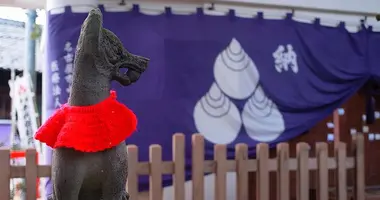Togan-ji 桃願寺
- Published on : 07/12/2018
- by : S.V.
- Youtube
Daibutsu of Nagoya
The Togan-ji, a Buddhist temple with Indian inspirations, preserves an impressive bronze colossus 15 meters high: the Daibutsu of Nagoya.
A family story
In Nagoya, right in the middle of a residential area near Motoyama station, Togan-ji, a Buddhist temple of the Soto Zen sect, is full of surprises! In the middle of the 16th century, Lord Oda Nobuyuki (1536-1557) erected the temple in honor of his father, the daimyo, and magistrate, Oda Nobuhide (1510-1551). The temple moved to its current location in 1714.
Hidden in a lush setting, visiting Tôgan-ji is a delightful stopover to escape the hustle and bustle of the city. The vast complex houses, among other things, a temple dedicated to the Indian deity Sarasvati, a cemetery for animals, a bamboo grove, a majestic Chinese-inspired gate, and an impressive green Daibutsu (literally "Big Buddha")!
See also: Ushiku Daibutsu, a giant Buddha in Japan.
The Daibutsu of Nagoya
The giant Buddha of Togan-ji is a recent creation, given the secular history of the temple. It was only erected in 1987! This ten-meter high Daibutsu sits on an imposing five-meter pedestal wonderfully decorated.
Both the peaceful bronze figure and its plinth were covered in bright green in 2006. The gold leaf highlights on its forehead, eyes, mouth, and ears are more striking. The base bears an original decor, to say the least since it is adorned with human-sized devotees, deer, peacocks, and elephants!
This Indian-inspired decoration, the Daibutsu, owes it to a former priest of the temple who finished his doctorate in Buddhist philosophy in India.
To read: The Daibutsu of Kamakura
Unique treasures
This Indian influence is not limited to the sole ornament of the pedestal. Indeed, Togan-ji is also famous for its sanctuary dedicated to the Indian deity Sarasvati in which the sculpture of the sleeping goddess took place. As for the main building, it conceals little natural treasures.
Once inside, don't forget to look up, or you'll miss a splendid painted coffered ceiling. The floor-nightingale or uguisu-bari is also worth a stop. The particular arrangement of the wooden slats to which small metal parts have been added makes it possible to emit a slight rustle similar to the nightingale's song when you walk on it. As at the Nijo-jo in Kyoto, the prosecution could thus give the alert in the event of an intrusion. A highly effective and particularly poetic sound alarm system!
Finally, if you have something to be forgiven, take advantage of the giant mokugyo 's power of absolution. This percussion instrument, one meter in diameter, also called "wooden fish," is said to be the largest in the world. Carved from a century-old camphor tree, it would offer to erase the sins and errors of the past to anyone who came to lay their hand on it.
Address, timetable & access
Address
Phone
+81 (0)52 781 1427Timetable
Exit at Motoyama Station on the Higashiyama or Meijyo subway line. Take exit 6 then walk about 5 min.Price
1,000 yen ($8/7€) to access the Sarasvati temple.Access
Open every day.




